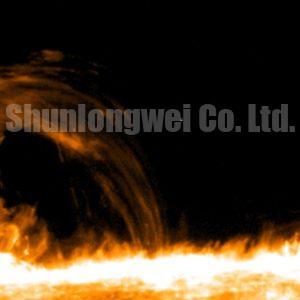
In a bid to gather more evidence about how often nanojets occur and how they impact coronal heating, Northumbria PhD student Ramada Sukarmadji, under the supervision of Dr Patrick Antolin, is working with scientists from the Lockheed Martin Solar and Astrophysics Laboratory (LMSAL), which is part of Lockheed Martin’s Advanced Technology Center. They’re seeking to develop machine learning algorithms which will automatically detect and record nanojets when they occur.
The teams will analyse existing footage of nanojets captured by NASA’s Interface Region Imaging Spectrograph (IRIS) and the Solar Dynamics Observatory (SDO) Atmospheric Imaging Assembly. Both of these were designed and built (and currently operated) by LMSAL.
The university reports that the IRIS team has observing data to detect nanojets. Using this data, it says, the team will identify the spectral and intensity profiles unique to the nanojet when it occurs and use machine learning to create algorithms for further analysis.
“[Nanojet occurrences] are very small and the limited evidence we have suggests there are probably more than we think, but to really understand them further we need to be able to detect them as they occur,” said Sukarmadji, right.
“By analysing data from previous occurrences of nanojets we can essentially ‘teach’ a computer to identify nanojets through machine learning. This will allow us to capture future events and really develop our understanding of this phenomena and how it contributes to the heating of the Corona.”
Dr Patrick Antolin is an expert in magnetic reconnection and nanojets. His paper Reconnection nanojets in the solar corona, published in Nature Astronomy in 2020, reported on the first discovery of nanojets in action resulting in coronal heating.
Last year the university announced a new collaboration with Lockheed Martin, which will see an investment of £600,000 to support the development of skills and research in the region.
Northumbria University is specialising in research in solar and space physics.
Images: top, NASA GSFC/Tom Bridgeman/Joy Ng, bottom Northumbria University
See also: UKSA backs Northumbria University for FSO CubeSats